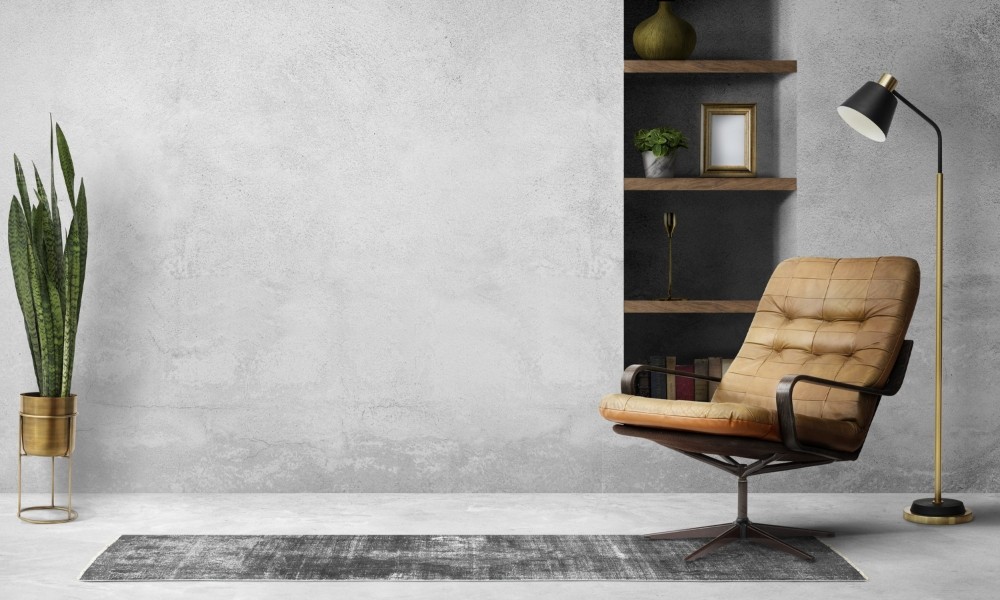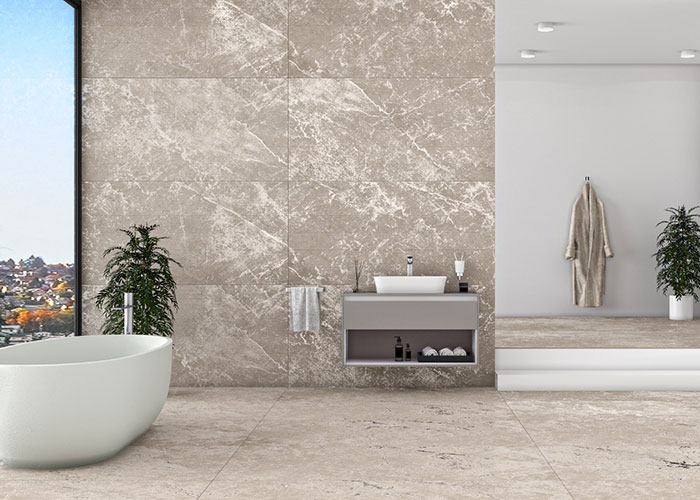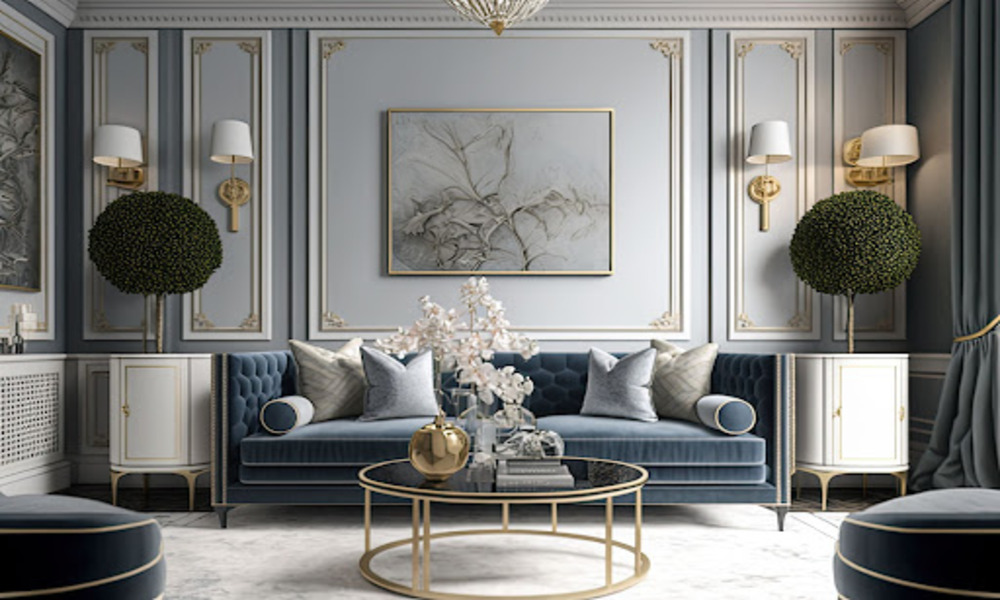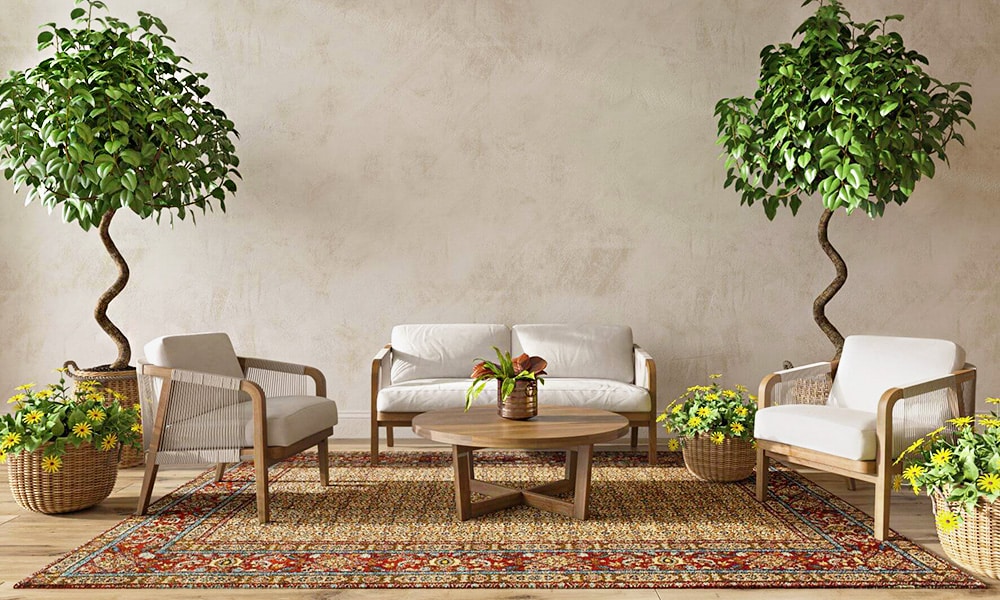When it comes to interior design, textiles and fabrics play a vital role in adding warmth, texture, and personality to a space. Whether used as upholstery, drapery, or decorative accents, textiles can transform a room and create a unique and inviting atmosphere. In this article, we will explore the various ways in which textiles and fabrics can be utilized to enhance interior accents.
1. Upholstery
One of the most common uses of textiles in interior design is upholstery. From sofas and chairs to ottomans and benches, upholstered furniture pieces can be the focal point of a room. Textiles used for upholstery can range from luxurious velvet and leather to durable and easy-to-clean fabrics like microfiber and linen.
When selecting upholstery fabrics, it’s important to consider the overall style and color scheme of the room. Bold patterns and vibrant colors can add a pop of personality to a space, while neutral tones and subtle textures create a more serene and sophisticated ambiance.
2. Drapery
Drapery is another excellent way to utilize textiles and fabrics for interior accents. Not only do curtains and blinds provide privacy and light control, but they also contribute to the overall aesthetic of a room. The choice of fabric for drapery should complement the furniture and other elements in the space.
Sheer fabrics can create an airy and ethereal feel, allowing natural light to filter through, while heavier fabrics like velvet or brocade can add drama and elegance. Layering different fabrics and textures can also create a visually interesting effect and add depth to the room.
3. Decorative Pillows and Throws
Decorative pillows and throws are versatile accessories that can instantly transform the look and feel of a space. These accents can be easily switched out to update the room with changing seasons or trends. Textiles used for pillows and throws can range from soft and cozy knits to vibrant and patterned fabrics.
By incorporating decorative pillows and throws in different sizes, shapes, and textures, you can create a visually appealing and inviting seating area. Mixing and matching patterns and colors can add visual interest and create a unique focal point within the room.
4. Wall Hangings and Tapestry

Textiles can also be used as wall hangings and tapestries to add a touch of artistry and sophistication to a room. These decorative elements can be particularly effective in large and open spaces, where they can help define different areas and add visual warmth.
From traditional tapestries depicting intricate scenes to modern abstract fabric art, there are endless options to choose from. The choice of fabric, pattern, and color should align with the overall theme and style of the room to create a cohesive and harmonious look.
5. Table Linens and Runners
Lastly, textiles can be utilized as table linens and runners to elevate the dining experience. Whether for everyday meals or special occasions, table linens made of high-quality fabrics can instantly add elegance and charm to the dining table.
From classic white tablecloths to vibrant patterned runners, the choice of table textiles should complement the dinnerware and centerpiece. Mixing and matching different textures and patterns can create a visually interesting table setting that reflects your personal style and enhances the overall dining experience.
Textiles and fabrics are essential elements in interior design, offering endless possibilities for enhancing interior accents. Whether used for upholstery, drapery, decorative pillows, wall hangings, or table linens, the right choice of fabric can transform a space and create a unique and inviting atmosphere. So, let your creativity flow and explore the world of textiles to add that extra touch of elegance and personality to your interiors.




